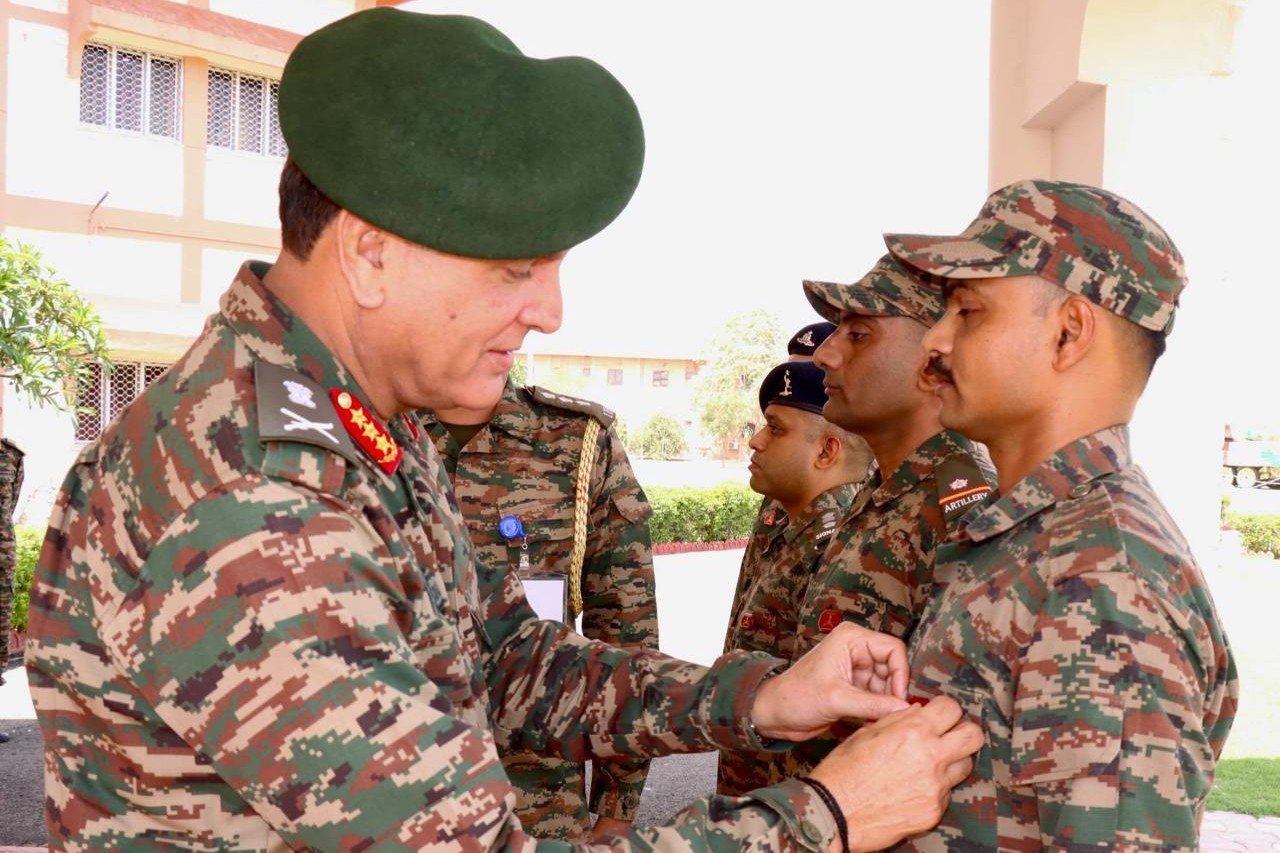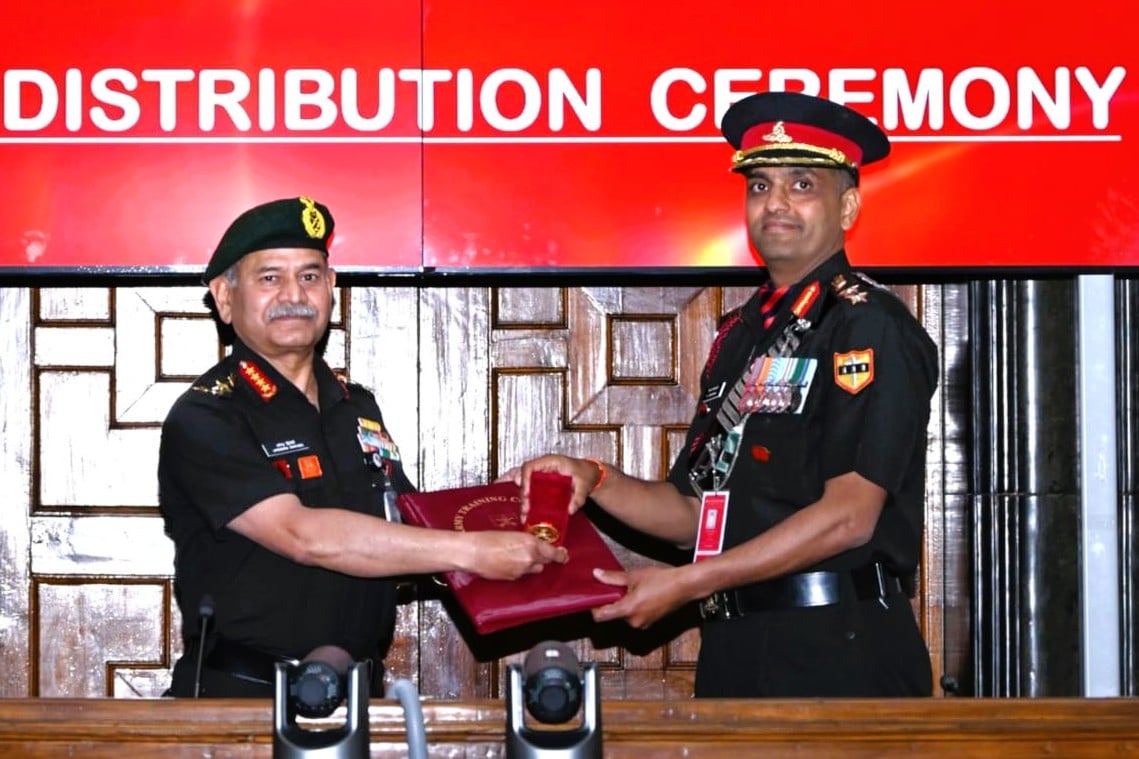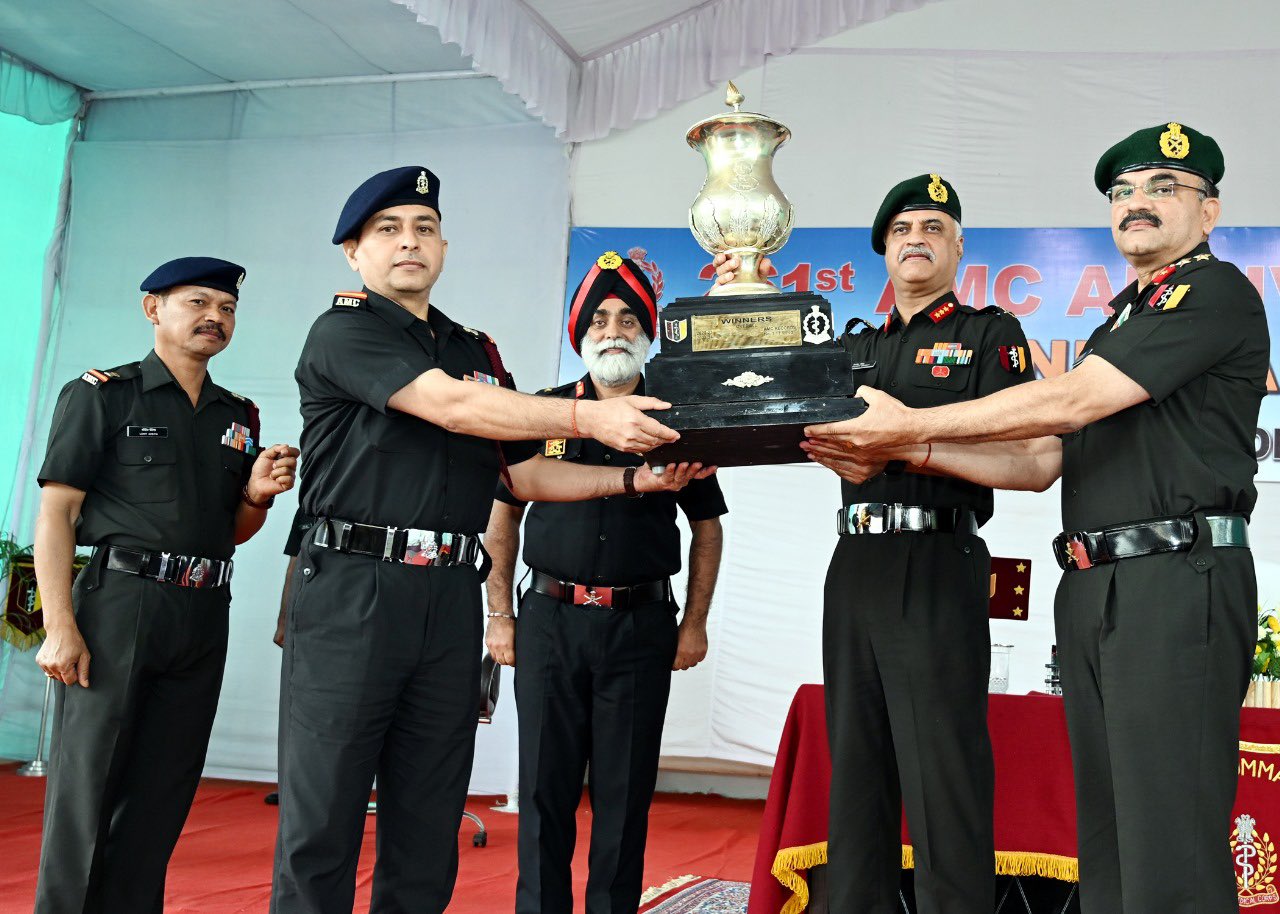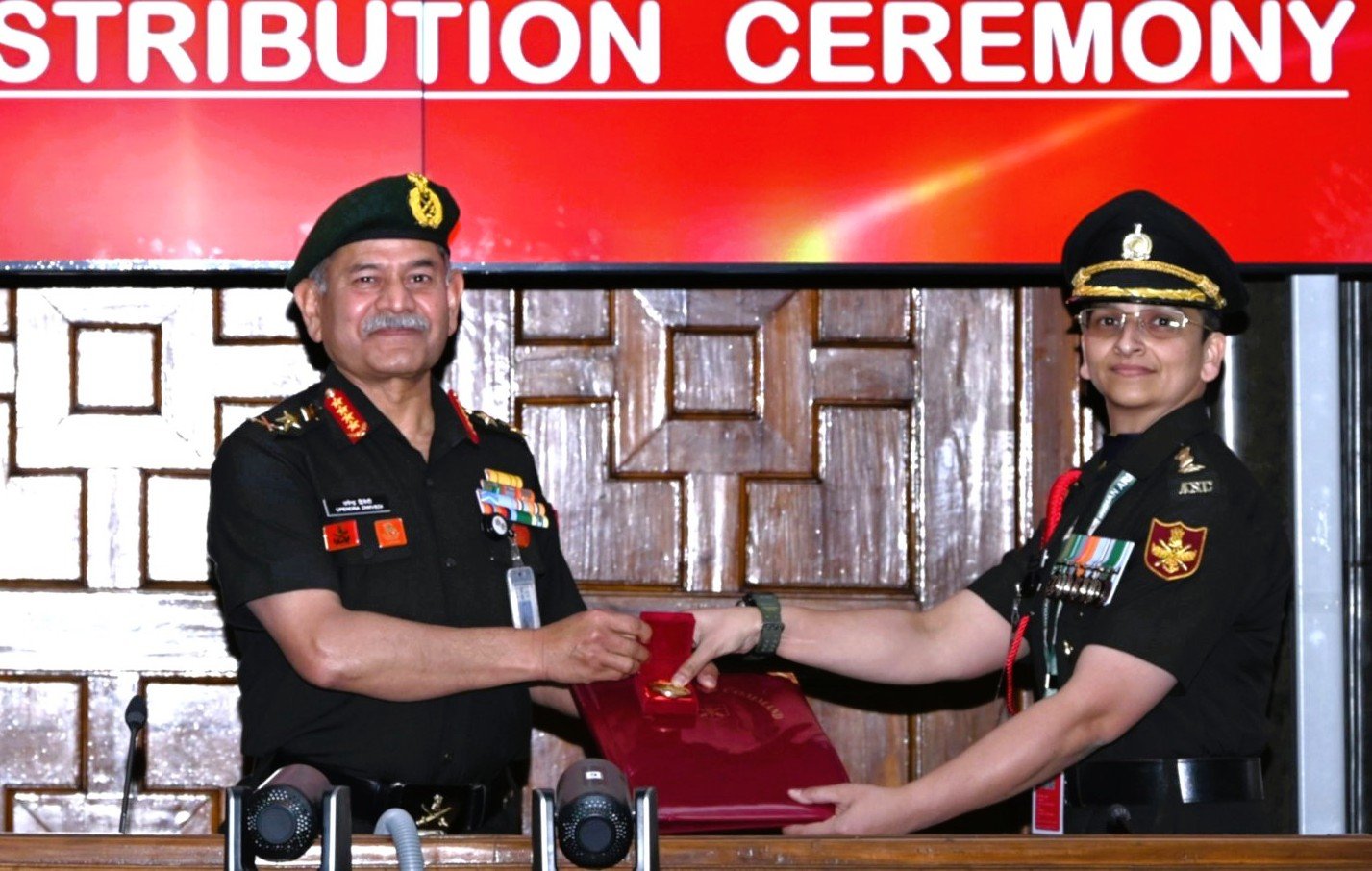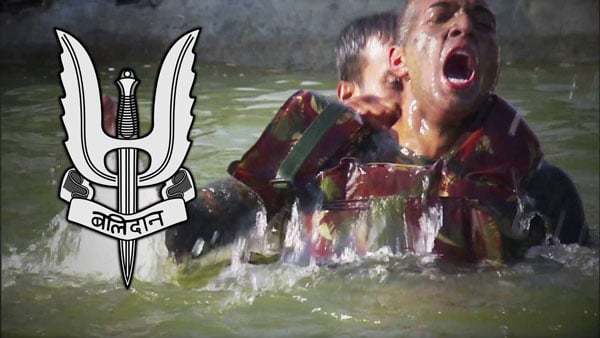In a significant development regarding military tensions, India and China are reportedly making progress in the disengagement process in the Depsang and Demchok sectors of Ladakh. This follows over four years of military standoffs along the Line of Actual Control (LAC), and sources indicate that the situation is stabilizing, potentially leading to further de-escalation discussions, which could enhance security in the region.
Despite this relative calm at the borders, Jammu and Kashmir has seen a rise in terrorist activities. However, the broader border situation remains stable, highlighting the complex security environment India navigates.
Analysis of past and current conflicts emphasizes the crucial role that airpower has played. From World War II to contemporary conflicts in Ukraine and the Middle East, air forces have evolved and adapted to technological advancements. Recent operational successes, such as the Israeli air force’s effective strikes against Iranian targets, underline the importance of continuously modernizing air capabilities. Israel executed these strikes utilizing advanced aircraft and smart munitions without losing a single plane, showcasing the effectiveness of modern airpower and technology integration.
India, too, acknowledges the importance of airpower in its military strategy. The Indian Air Force (IAF) currently operates with only 31 fighter squadrons, notably below its sanctioned strength of 42. While several modern aircraft types, including the Rafale and SU-30 MKI, are presently in service, many existing fleets are expected to retire in the coming decade without timely replacements. The IAF’s modernization efforts have not kept pace with evolving threats, necessitating significant upgrades to its arsenal.
Geopolitical concerns extend beyond airpower capabilities, as the dynamics of international relations evolve. Experts assert that national interests, rather than fixed alliances, often dictate defense policies. As such, air defense systems have become a top priority, particularly for Israel, which has developed sophisticated capabilities to counter aerial assaults launched from adversarial territories.
Recent trends show that both China and Pakistan are ramping up their military modernization efforts. China’s unveiling of its improved fifth-generation J-35A fighter jet and ambitions to field nearly 1,000 J-20 stealth fighters by 2035 pose increased challenges to India. As these technologies continue to advance, the anticipated introduction of India’s own Advanced Medium Combat Aircraft (AMCA) could struggle to achieve parity, given its anticipated timeline for development and rollout.
The challenges India faces are compounded by the performance of its defense manufacturing ecosystem. Although the Indian government has embraced the “Atmanirbharta” (self-reliance) initiative in defense, significant delays and bottlenecks in the production of sophisticated systems hinder progress. While there is an emphasis on domestic production, particularly for the Light Combat Aircraft (LCA), the reliance on imports for critical components has raised concerns about sustainability and operational readiness.
The pace of technological advancement in the global defense landscape underscores the need for strategic partnerships to expedite development and diffusion of new technologies. Historical lessons from the development of systems like the F-35 and the Israeli Air Force’s initiatives show that collaboration can effectively bridge capabilities gaps.
Overall, addressing current shortfalls in fighter squadrons and enhancing the capabilities of UAVs, long-range precision weaponry, and electronic warfare systems should be central to India’s defense strategy moving forward. The IAF will need to pursue agile development frameworks while fostering synergy between public and private sectors to ensure cutting-edge innovations are produced domestically.
The modernization of the Indian Air Force requires a balanced approach that weighs technological advancement against quantity without compromising quality. A comprehensive strategy of timely implementation of projects, such as the Multi-Role Fighter Aircraft (MRFA), alongside expedited production timelines for the AMCA and LCA variants, will be crucial. If executed effectively, these initiatives may position the IAF as a formidable deterrent force in the face of regional threats.



